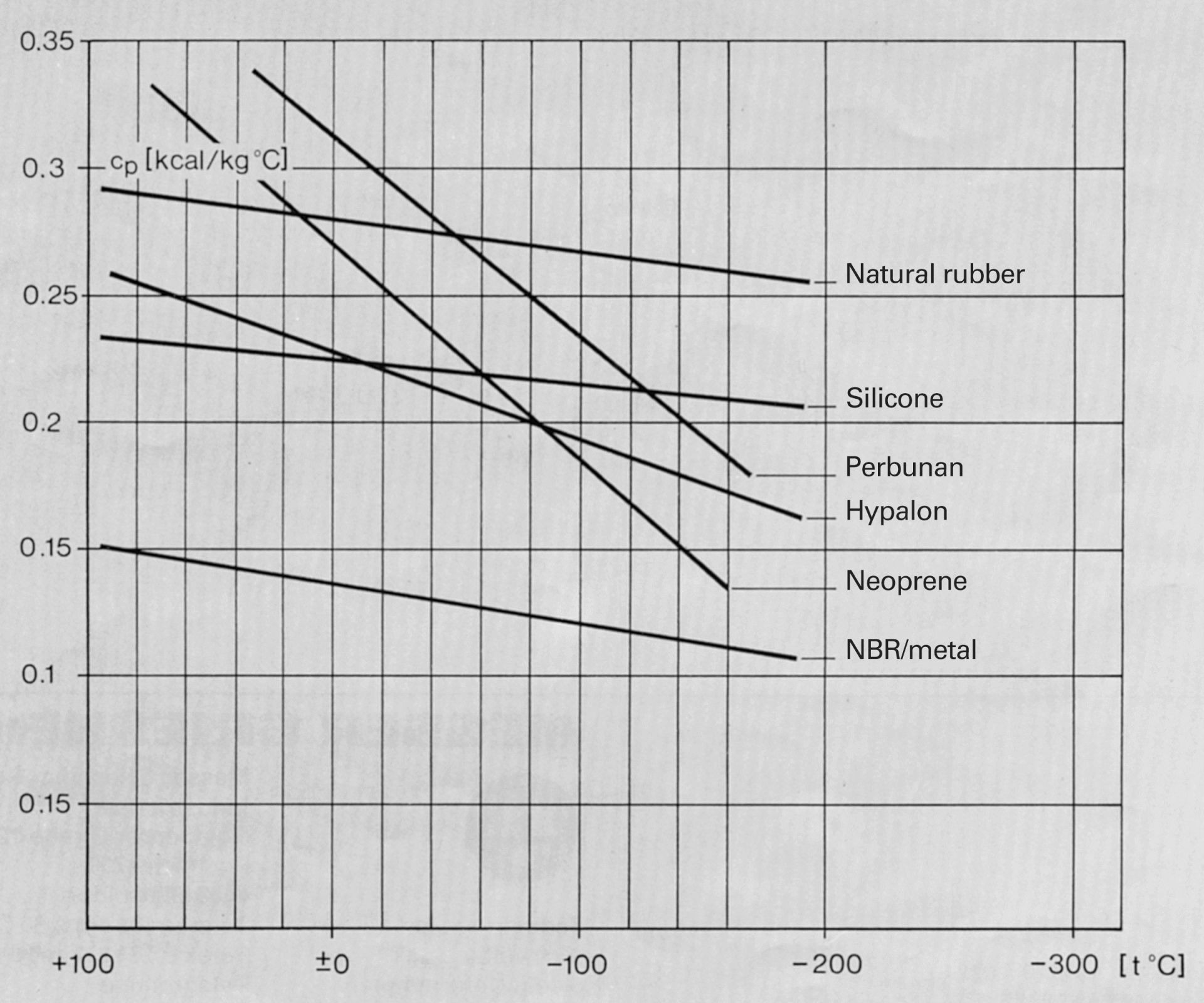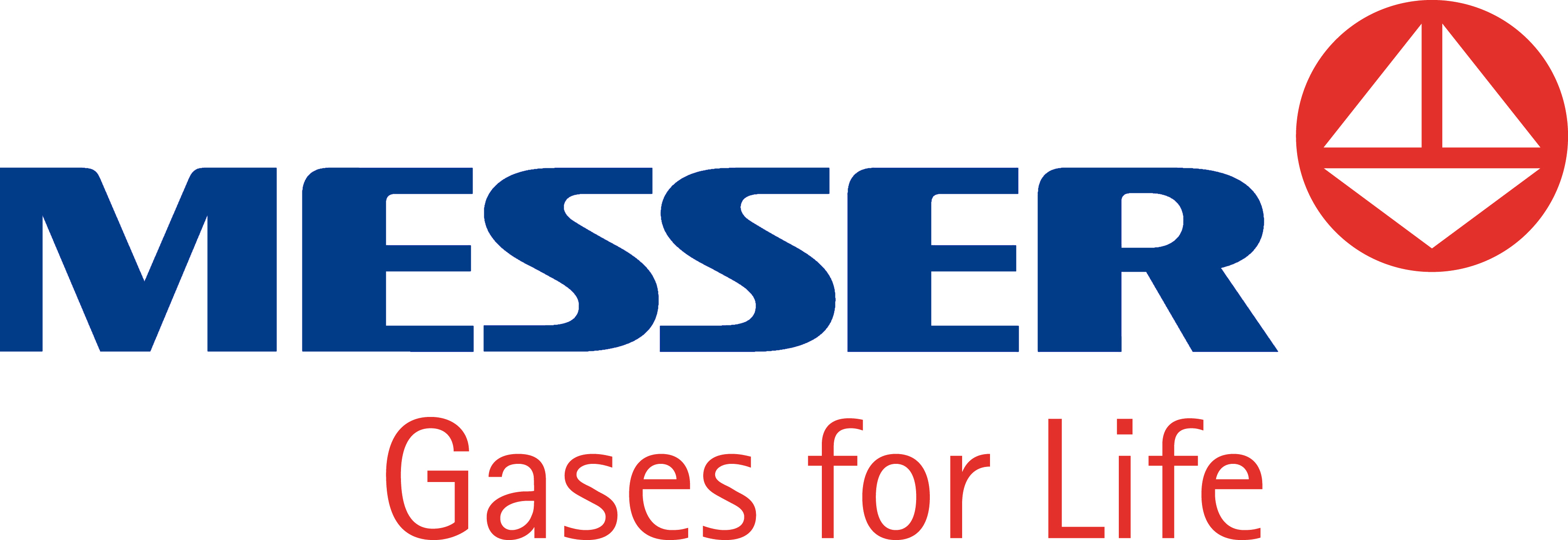
Using Gases
Deflashing rubber and plastic parts
gas aktuell No. 5, 1984
Photo: Molded parts suitable for deflashing with liquid nitrogen

Using Gases
Deflashing rubber and plastic parts
gas aktuell No. 5, 1984
Photo: Molded parts suitable for deflashing with liquid nitrogen
When molded rubber parts are formed or injection molded, a more or less thin rubber layer, known as “flash” or “burr,” is also pressed out and cured at the parting lines of the compression mold. In multi-cavity molds, that flash runs from cavity to cavity and forms a so-called “skin,” which makes removal of the molded parts much easier.
For about 5 years now, that flash has been embrittled and then removed mechanically in a process called “freeze-deflashing,” which uses dry ice or liquid carbon dioxide as coolant. The ever-increasing range of new rubber compounds with embrittlement temperatures from -70 °C to -150 °C, however, has pushed those two coolants to their application limits. Liquid nitrogen at -196 °C solves this problem.
Why liquid nitrogen for deflashing?
At atmospheric pressure, liquid nitrogen has a boiling point of -195.8 °C. When it comes in contact with a warmer object, the latter instantaneously gives up heat and the nitrogen starts to boil and evaporate. This process can be compared to how water boils when red hot iron is immersed in it, for example.
Another property of liquid nitrogen is its large volumetric expansion during evaporation. One liter of liquid nitrogen produces about 700 NL of gas. As a result, very high gas velocities occur during spraying and evaporation. In combination with the very low gas temperatures, those high velocities facilitate heat transfer between the material to be cooled and the gas. When a nitrogen droplet comes in contact with the molded part, a gas layer forms between the cold droplet and the warm molded part (Leidenfrost effect). Unlike when working with dry ice, that nitrogen gas layer regulates the heat transfer, so the molded part is not subjected to localized undercooling or the associated fragilization. In Germany, the use of nitrogen for rubber deflashing is now state of the art.
How the flash affects the deflashing
The quality of deflashing and the time it takes to complete it largely depend on the quality of the flash at the breakpoint. Its thickness should not exceed about 0.5 mm, if possible. The transition from the flash to the molded part should also be abrupt, because otherwise the flash will break away from the molded part very poorly and unevenly. An even break is often achieved with the introduction of an intended breakpoint by adding a pinch groove parallel to the edge of the cavity in the mold. It should be positioned as near as possible to the edge of the cavity and at least two-to-three times thicker than the width of the bridge (intended breakpoint) between the edge of the cavity and the groove. As a result, the entire frozen flash can be broken off in one piece, giving the molded part a very even deflashed seam and eliminating the need for further processing.

Reference values for specific heats of some rubber compounds
Deflashing methods
Deflashing is carried out either using shear force effects in so-called “tumblers” or by firing millions of fine steel shot particles or plastic beads in so-called “blasting machines.” Most fully automatic deflashing tumblers have a 6-to-8-sided drum that rotates around its long axis. To achieve an adequate drop effect, the ratio of diameter to length is about 2. The stub shafts are hollow so liquid nitrogen can be injected at 1 to 4 bar in one end and the resulting gas can be extracted from the other. A system of nozzles provides uniform coolant distribution to the molded parts. The smallest of these machines was developed for processors with low capacities. The small super-insulated cylinder next to it supplies the liquid nitrogen. Blasting machines are suitable for high-quality precision molded parts such as o-rings, dust covers, shaft seals and hydraulic seals. Such products require gentle, precise deflashing that leaves no residual burrs and does not damage the molded parts. Three different types of systems are currently available for this purpose:
- The cooled molded parts circulate on an open track and are blasted from above with steel shot from an impeller.
- In a drum with its rotary axis tilted 45º from the horizontal, the molded parts are blasted by an impeller installed over the opening at the top.
- A rotating basket circulates the cooled molded parts, which are blasted by an impeller mounted in the center.
All systems are housed in a water vapor-tight housing cooled down to about -20 °C: this maintains the flowability of the rounded steel shot (grain size 0.4 to 0.8 mm) and prevents clumping due to freezing moisture. In systems 1 and 2, a bucket conveyor circulates the steel shot and a rotary screen sifts out the flash residues. System 3 is patented by Messer Griesheim. In addition to steel shot, this unit can also optionally use plastic pellets (grain size 2 x 3 mm) as a blasting medium, which are conveyed by a rotary feeder. The main difference lies in the investment cost. The Messer Griesheim Cryogen® Jet unit is the least expensive.
Refrigerant consumption
This depends on the spec. heat of the rubber compounds. As a rough estimate, refrigerant consumption is between about 3 and 1 kg of liquid nitrogen/kg for tumbler machines and between about 1 and 4 kg of liquid nitrogen/kg for blasting machines.
New developments
The Applications Engineering department of Messer Griesheim redesigned the blasting machine (DBP 2 159 838) for plastic pellets and refined the process technology by using steel chains in place of aggregates in tumbler machines. This work represents a major contribution to the further rationalization of molded part deflashing.
For the continuous deflashing of profiled cords, guard strips, and other bulky molded parts, liquid nitrogen-based systems are currently in development.
